Until Dawn has been hanging over Supermassive Games since its surprisingly excellent debut in 2015. Every game since has been not only much smaller in scale, but also not nearly as good, from the forgettable Hidden Agenda to the most recent Dark Pictures entry. The Quarry is being positioned as the studio’s first true spiritual follow-up to Until Dawn, given its larger scope and horror angle. But even though it is Supermassive’s best and most polished game in seven years, it’s also disappointingly stale as it does little to break free from what almost every other one of the studio’s games has done over and over.
Its setup is the most familiar part and the all too familiar tissue that binds them all together. The Quarry’s many cutscenes are full of dialogue choices and quick-time events and are interspersed between brief sections where the player walks around an area to pick up clues, collectibles, or random trinkets. Authoring the experience like this adds interactivity to a cutscene-heavy game and is where the genre is more aligned with the medium it is in.
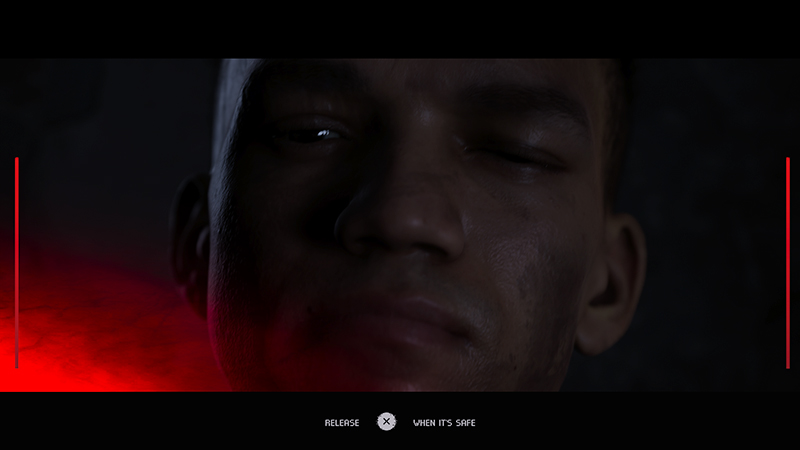
However, The Quarry doesn’t do much of anything new in this well-worn space. And while there is value to be gained from these choices, it’s almost only these types of choices yet again. Quick-time events are almost always incredibly easy (and there are mysteriously no harder difficulty options this time around) and aren’t an intriguing primary way of engaging with its action-oriented sections. There also seem to be fewer of them this time around, so many of the more frantic scenes strangely play out without much input. It’s almost as if Supermassive knew quick-time events were tired and took some out, but didn’t put anything else in their wake.
Quick-time events only make up a portion of the branches, as conscious dialogue options make up a vast majority of the rest. Some of these lead to interesting dilemmas that pressure the player into making a decision on the fly that could have dire ramifications later. The best of these fit nicely within the horror genre and also have obvious stakes and outcomes; it’s just up for the player to stressfully weigh these in the moment.
RELATED: Why Horror and Shawn Ashmore Fans Should Check Out Man of Medan
The worst of these are random, overly punishing, or anticlimactic. There are multiple paths that don’t have clear benefits or drawbacks, meaning a single, seemingly innocuous decision can lead to someone inescapably getting disemboweled. Survival isn’t always based on intuition and paying attention but is often based on clairvoyance or luck. Having poorly foreshadowed outcomes is frustrating since it seems like the game has to play cheaply in order to kill off characters. Horror movies are always filled with quick, gruesome deaths, but it’s annoying to unexpectedly lose someone in a video game like this since the dishonest tricks are more frustrating when interactivity (and the attachment inherent to that) is involved.
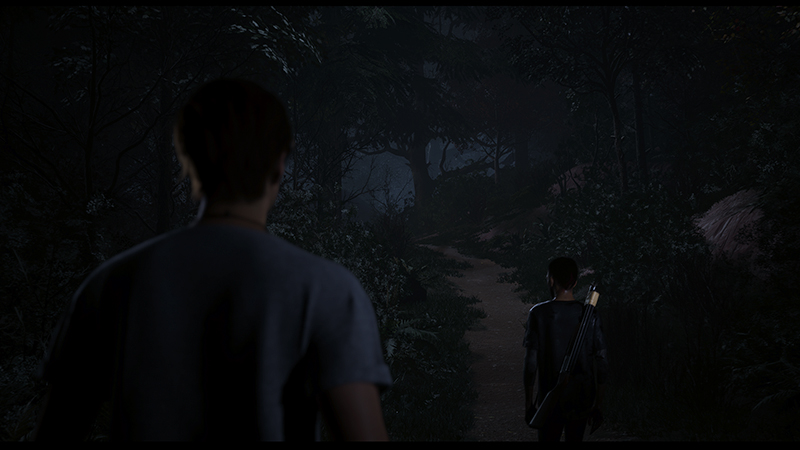
Interactivity, or the lack thereof, is the bigger overall problem with its general philosophy regarding choices since they are unimaginatively and restrictively presented, which calls into question the game’s overreliance on quick-time events and dialogue choices. Relegating most of the decisions in the game to these lightly interactive bits is dated and not nearly as inventive or thrilling as it once was. Supermassive has made sure of that because this is the sixth game of that ilk the developer has released since 2015 (and the seventh is due out later this year). Until Dawn was a great first step in that direction, but failing to move past that and then flooding the market almost annually with games like that only harms that very same market.
Putting a larger portion of these decisions more directly on the sticks would be a better way of advancing the genre and would beat the current technique of constant choice screens and quick-time events. For example, instead of choosing to hide or run away, players should just be able to run to the closet if they want to hide and sprint out the door if they want to escape.
The parts where players directly control a character are still laughably limited since they don’t usually have a noticeable impact on what happens and are almost always pretty linear. These sections could test the player’s memory or pathfinding skills or have timers that push them to do their business quickly, further adding to the tension, but they don’t and suffer because of it. The game’s cutscene-only Movie Mode is almost better in this regard since ripping out decisions entirely strips away the archaic ways it presents them.
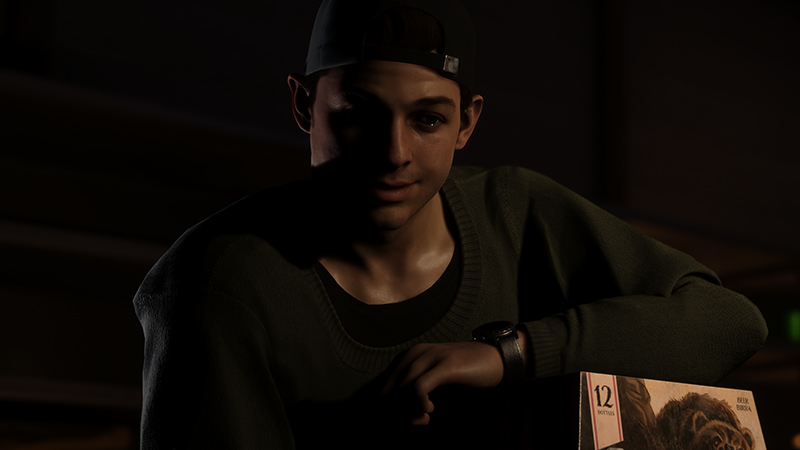
The Quarry is a rollercoaster in the way it locks players to binary choices most of the time, but that theme park ride comparison is also an apt description of its narrative that frequently fluctuates between its highs and lows. It sets up a premise of a summer camp with a dark secret, one that comes in direct contact with the camp’s assorted group of nine “teenage” counselors. None of them are walking clichés and while there are too many to meaningfully explore, most of them give solid performances and are appealing in their own ways. Zach Tinker’s Jacob and Brenda Song’s Kaitlyn are the two highlights, as his positive frat bro charisma is charming, while her tough attitude and sense of humor make her more a balanced character for most scenarios.
They’re also some of the best animated of the bunch, which is not a given with the rest of the cast. Most of them move convincingly and outclass anything else Supermassive has done thus far. There are subtle facial movements and mannerisms that bring them more to life and more nuanced gestures make the story more immersive. Its jokes are funnier because of this approach and its dramatic scenes are more, well, dramatic.
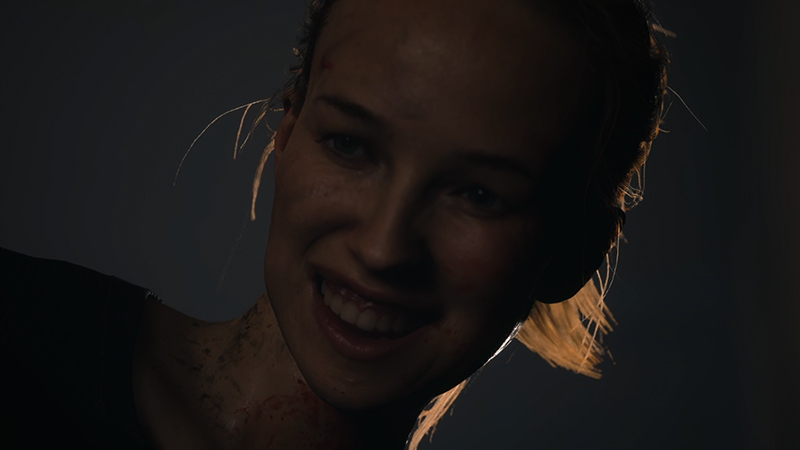
When everything lines up, it is impressive and could even compete with other high-budget games, but it also sometimes looks strange or is otherwise hilariously off. The Quarry has a problem with mouths, as some are too big or oddly shaped, while others scrunch weirdly and show too many teeth. Sometimes characters will also animate their faces, but not move their heads in a realistic manner. And almost anything that likely couldn’t be mocapped as easily, like when someone falls or gets thrown, is painstakingly terrible because of the weightlessness of the bodies.
Along with a small handful of visual bugs, these uncanny issues pop up regularly enough and undermine the realism Supermassive is clearly going for. Well-captured performances can enhance a game’s story, yet janky animation can undo or diminish a lot of those enhancements, even if they are decent a majority of the time like they are here. Everything in The Quarry is exponentially better than anything seen in the Dark Pictures Anthology — a low bar that shouldn’t be hard to clear — but it still lacks polish in some key areas.
A portion of the game’s other narrative shortcomings can also be blamed on different technical oddities and bizarre choices. Frequent loading screens often interrupt the flow and energy of a scene; one of which is so bad that it completely ruins a clever transition. It’s as jarring as its many sections that are too short or the ones that jump between two different characters before they’ve even done anything. The Quarry borrows so heavily from cinema, yet many of its subpar editing techniques tarnish the pacing a great horror film has.
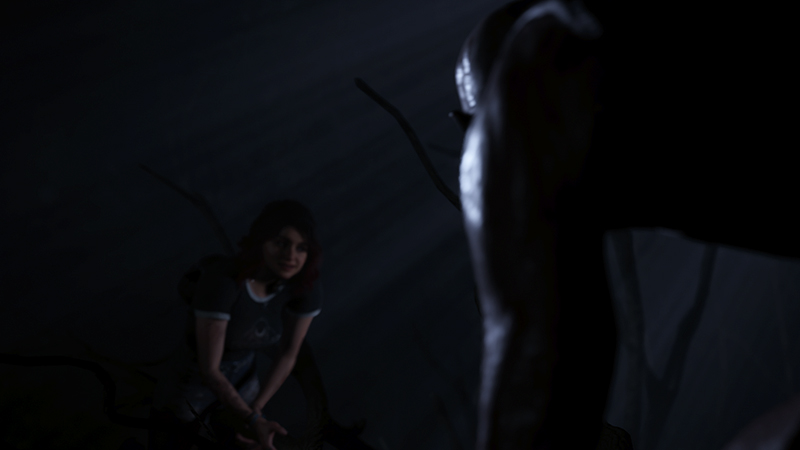
The pacing in the first half is on the slower side, but it mainly serves as a setup for the game’s stronger second half. The central mystery it introduces is teased out slowly and explored more in the last few acts and, much like House of Ashes, offers a fresh take on something ripped straight from popular horror fiction, even if the game itself lacks scares and spooky scenes. Certain revelations and backstories come together nicely, but its large roster means that not everyone benefits from those qualities and receives a fitting ending or substantial role near the finale. Like most of the game, its narrative is full of ups and downs; in this case, there just happen to be more ups.
The Quarry might have been a fantastic game if it had been released in 2017 or 2018 when these types of games were more novel. But in 2022, after multiple titles that diluted this subsection of the genre, stagnated within it, and were generally terrible to mediocre, this latest game is in a less favorable position. It still has an enjoyable enough narrative with likable characters and a decent mystery, but the ways in which it tells that tale are limited by the restrictive, overly familiar choice systems and inconsistent animation. Supermassive Games may one day surpass its magnum opus, but until it finds a more innovative way to tell its stories, it seems like the studio will be stuck in a quarry of unrealized potential.
SCORE: 6.5/10
As ComingSoon’s review policy explains, a score of 6.5 equates to “Decent.” It fails to reach its full potential and is a run-of-the-mill experience.










